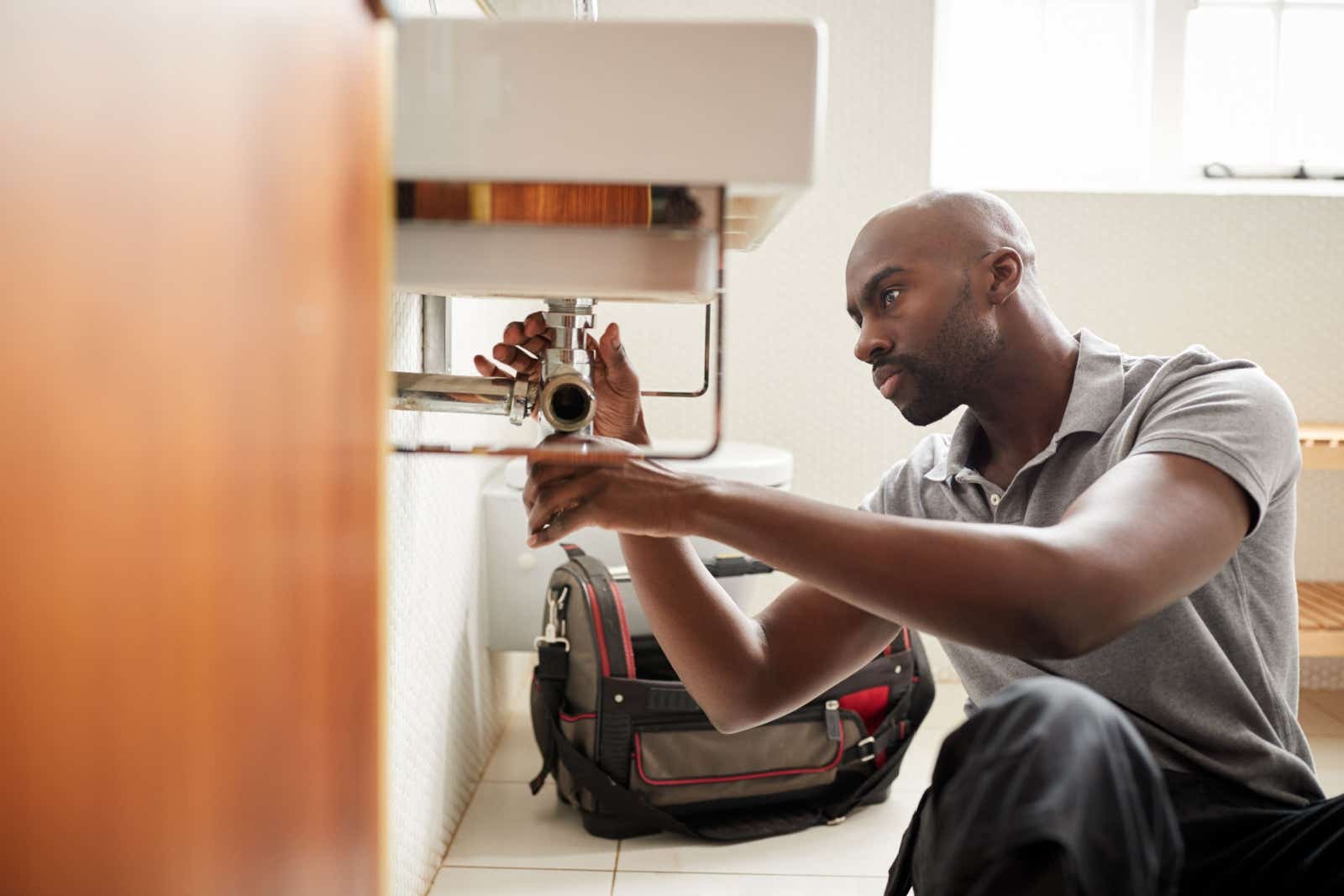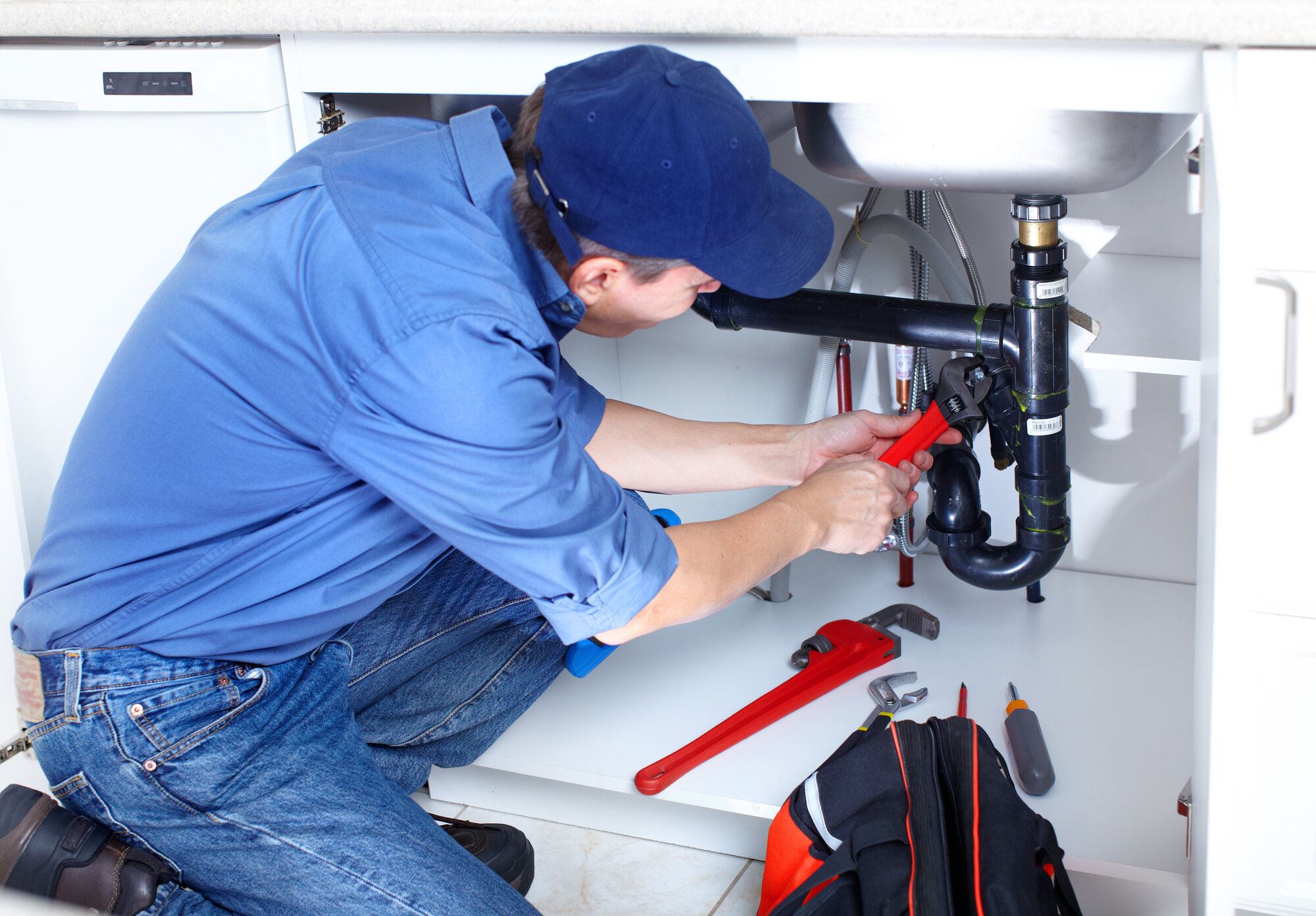Complete Plumbing Alabaster AL Solutions for Your Home
Complete Plumbing Alabaster AL Solutions for Your Home
Blog Article
A Step-by-Step Overview to Reliable Hot Water Heater Installment for Optimum Efficiency
Getting started on the job of setting up a hot water heater is a venture that requires precision and a methodical method for accomplishing optimal efficiency. The procedure begins with the vital decision of picking the suitable heating unit tailored to the specific requirements of your family, considering elements such as energy, kind, and dimension source. When selected, preparing the setup area to satisfy safety and security standards is vital. The trip does not finish right here. As you continue, the complexities of attaching water system lines and establishing trusted electrical or gas links await, promising insights into ensuring efficiency and dependability.
Selecting the Right Water Heating Unit

Following, take into consideration the size and ability of the water heating system. It's vital to assess your family's warm water requirements, which can vary based upon the number of occupants and their use patterns. An unit that's as well small may cause inadequate warm water, while a large design may cause unneeded power intake.
Performance ratings additionally play a pivotal duty in selection. Search for hot water heater with high Energy Variable (EF) scores, suggesting remarkable efficiency and decreased power use. Tankless models, though commonly much more expensive in advance, deal substantial energy savings with time as a result of their on-demand home heating capacities.
Preparing the Installation Area
Prior to installing a brand-new water heater, precise preparation of the installment area is important. It's critical to determine the area meticulously to suit the water heater's dimensions, ensuring ample clearance around the device for reliable operation and maintenance.
Next, get rid of any type of debris, dust, or obstructions from the website to develop a clean environment. Examine the floor for stability, as the hot water heater will certainly need a strong, degree surface area to operate efficiently. If essential, mount a drip frying pan below the device to capture possible leakages or spills, preventing water damages to the surrounding location. In regions vulnerable to seismic activity, take into consideration mounting seismic bands to protect the heater securely in place.
In addition, make sure that all required tools and products are on hand before beginning the setup. This consists of items such as wrenches, screwdrivers, a degree, and any extra equipment required for installing and safeguarding the heater. A well-prepared installation area establishes the structure for a successful hot water heater setup, enhancing performance and security.
Connecting Water Supply Lines
When attaching supply of water lines to your freshly mounted hot water heater, it is crucial to make sure that all links are safe and leak-free to keep reliable operation and prevent water damage. Begin by recognizing the warm and chilly water system lines. The chilly water inlet is generally noted with a blue label or a "C", while the warm water electrical outlet is noted with a red tag or an "H".
Usage adaptable water heater connectors to help with an easier setup procedure. These adapters can take in resonance and permit mild motion, minimizing the threat of leaks. Before connecting the adapters, put a plumbing's tape around the threaded ends of the hot water heater's inlet and electrical outlet pipes - Plumbing Alabaster AL. This tape works as a sealant, stopping leaks. Meticulously connect the adaptable hose pipes to the particular inlet and outlet, making sure that they are tight yet not over-tightened, which might harm the strings.
Once connections remain in place, gradually transform on the main water supply shutoff. Examine each connection for leakages by visually feeling and inspecting for moisture. Tighten up links as required, this hyperlink and make certain the pressure relief shutoff is correctly set up, guarding against extreme pressure accumulation.
Establishing Electric or Gas Links
Properly establishing up the electrical or gas links for your water heater is a crucial step to Resources ensure reliable and safe procedure. For electrical water heaters, begin by confirming that the electrical circuit is compatible with the heating unit's voltage and amperage requirements.
For gas water heaters, safety is vital. Confirm that the gas supply is off before proceeding. Attach the gas line to the water heating unit making use look at more info of a flexible gas port, ensuring it is properly threaded and sealed with pipe joint substance or Teflon tape appropriate for gas links. Tighten the connections with a wrench, taking treatment not to over-tighten (Plumbing Services Alabaster AL).
As soon as links are made, examine for any type of possible leakages. For gas lines, use a soapy water remedy to the joints; bubbles suggest a leakage. For electrical links, verify that all circuitry is safe and correctly insulated, maintaining conformity with regional electrical codes.
Checking and Changing for Performance
With the electrical and gas connections securely in area, the following step is examining the operational performance of your hot water heater. Begin by very carefully switching on the supply of water and making sure there are no leaks at any one of the joints or shutoffs. When confirmed, continue to fill up the storage tank, focusing on the stress and temperature level setups. It is recommended to establish the thermostat to a recommended temperature level of around 120 ° F(49 ° C) to balance energy efficiency and convenience.
Next, carry out a complete examination to ensure the home heating elements or burner are working correctly. For electric heating systems, make use of a multimeter to validate if the elements are drawing the appropriate existing. In gas versions, observe the burner flame; it ought to be blue and stable, suggesting reliable burning.
Readjust the settings as essential to get rid of inefficiencies. Take into consideration executing insulation measures, such as adding a hot water heater covering, to additionally improve efficiency by reducing warm loss. Furthermore, check the anode rod's problem, as a scrubby pole can minimize performance and lead to container deterioration.
Conclusion
Effective water heating system setup is essential for making certain optimum efficiency and power savings. Securely connecting water supply lines and carefully setting up electrical or gas connections minimize potential concerns.

Appropriately establishing up the electrical or gas links for your water heating system is an essential step to make certain effective and secure operation. For electrical water heaters, start by verifying that the electrical circuit is compatible with the heating unit's voltage and amperage requirements. Connect the gas line to the water heating system making use of a versatile gas adapter, ensuring it is properly threaded and secured with pipe joint compound or Teflon tape ideal for gas links.
Report this page